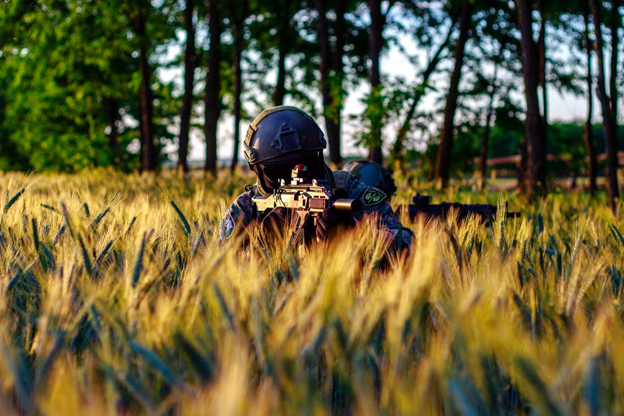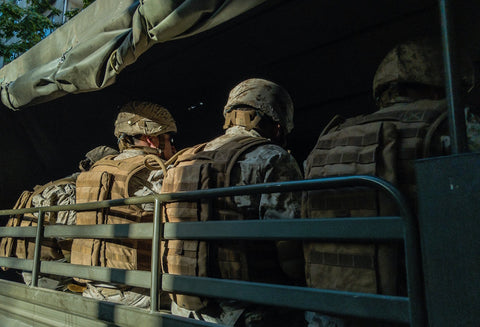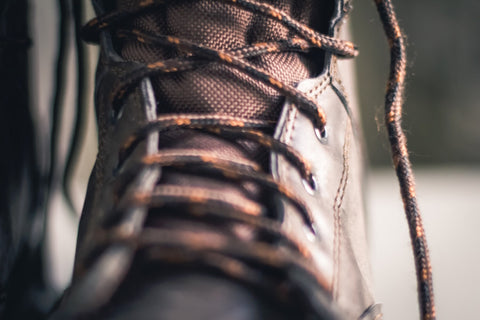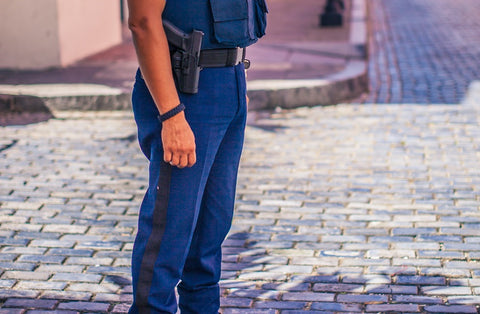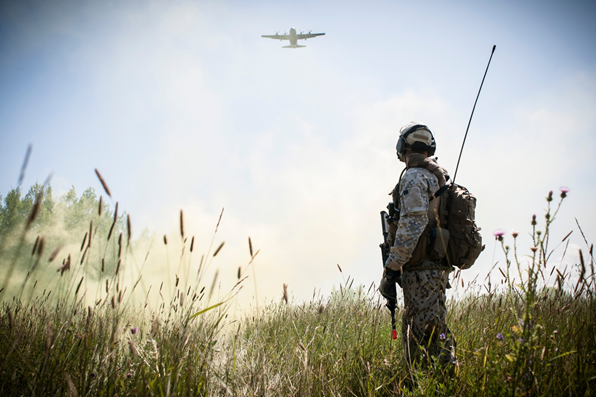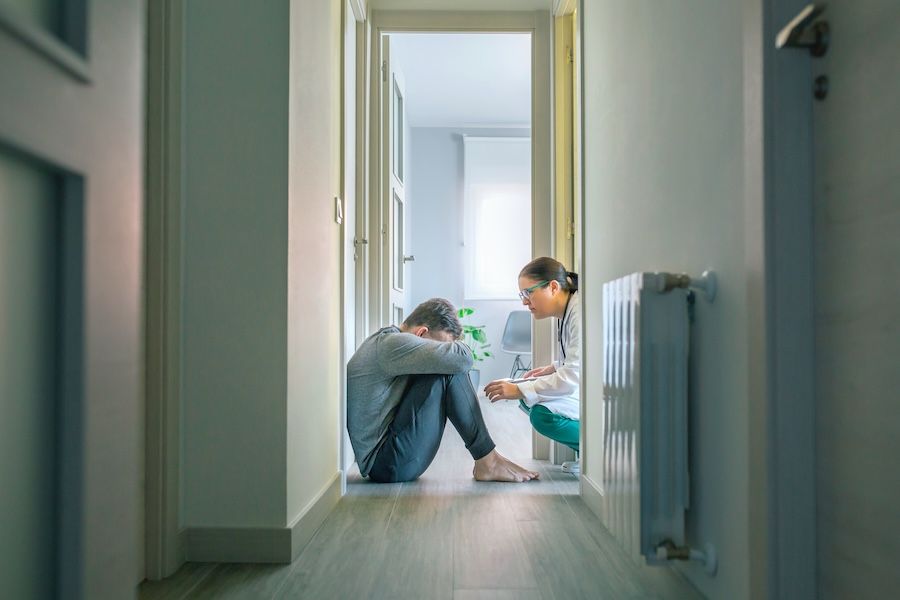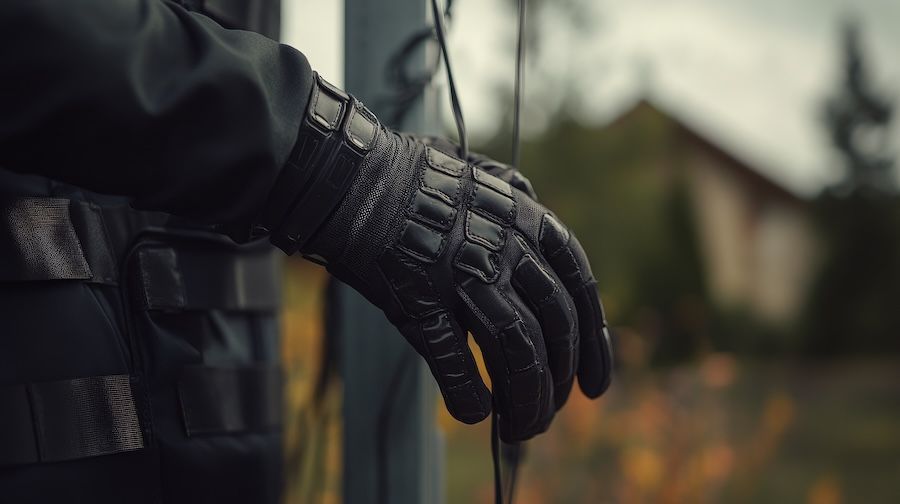Safe and Secure: Exploring Moduform Psychiatric Restraint Beds
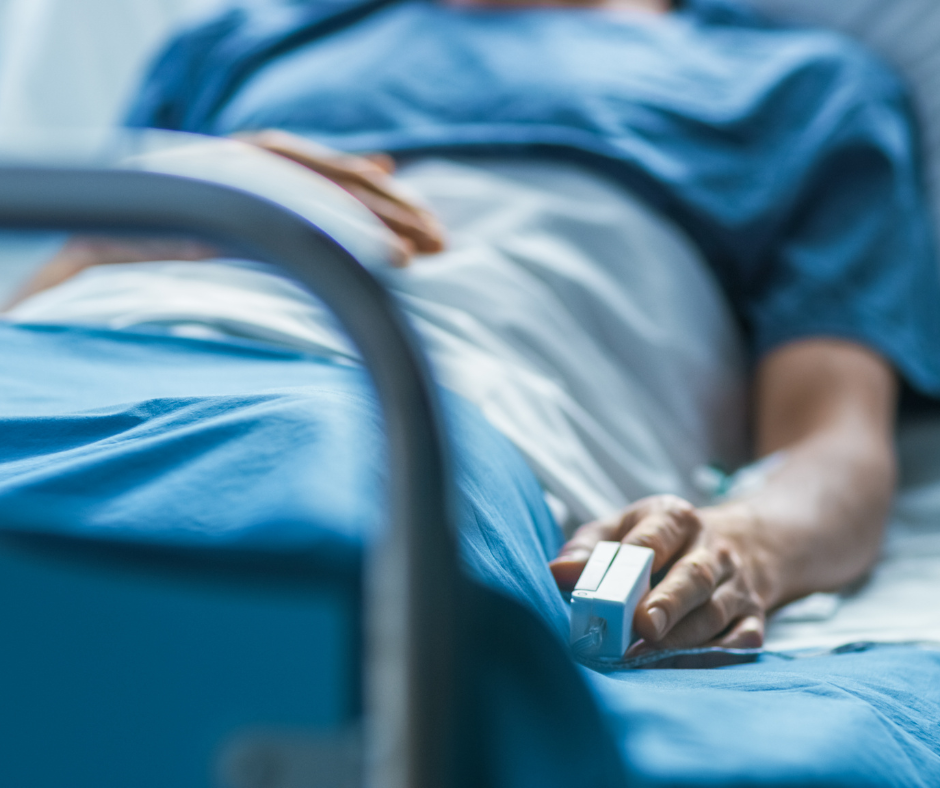
Moduform’s psychiatric restraint beds are the perfect solution for suicide prevention and for ensuring the safety of staff in medical, clinical, and correctional facilities.
When seeking restraints for medical facilities, it’s important to consider the purpose and examine all the equipment features.
Keep reading for your ultimate guide to Moduform psychiatric restraint beds and the benefits of implementing them in a psychiatric facility.
What Are Moduform Psychiatric Restraint Beds?
Moduform psychiatric restraint beds are specialized hospital furniture dedicated to preventing self-harm, suicidal, and aggressive behaviours from patients. They are suitable for use in both psychiatric and medical hospitals and provide a humane and safe way for staff to restrain an agitated patient. While the patient is restrained, staff can easily monitor their status and administer care without fear of sharp movements or injury from aggressive patients.
Moduform psychiatric restraint beds are designed with durability in mind, preventing patients from damaging the equipment to unrestrain themselves. They comply entirely with industry standards and regulations and are perfectly safe for use in healthcare institutions.
Healthcare providers must only use seclusion and restraint beds under specific circumstances and ensure all requirements are met before administering these restraints. If these guidelines are not adhered to, the patient can sue your institution.
Before resorting to using a restraint bed to detain a patient, it’s recommended that healthcare providers pursue other avenues, such as de-escalation, to resolve the issue and ensure the patient is calm and safe.
What Are The Benefits Of Moduform Psychiatric Restraint Beds?
Now that you know what Moduform psychiatric restraint beds are used for, let’s explore the advantages that come with implementing this technique to provide more safety for unrestful patients.
Protection During Surgery
If you’re about to perform a procedure on a patient, you need them to remain still. Unfortunately, if a patient is agitated or in distress, they may make panicked movements that make it impossible to perform the procedure without harming them. Restraint beds completely restrict movement to calm the patient, allowing you to administer healthcare without hurting them or making errors.
Built-In Monitoring
Some Moduform restraint beds have built-in health monitoring systems, allowing healthcare providers to monitor patient's vitals without releasing them from the restraints. Depending on the patient’s cooperation, it may be dangerous for staff to remove their restraints to check their vitals. The built-in monitoring gear is so valuable to hospital or psychiatric hospital operations.
Preventing Self-Harm
Many hospitals and psychiatric facilities are over-encumbered with patients. This makes it difficult for staff members to provide 24/7 supervision. Supervision would help staff prevent patients from harming themselves should they be suicidal or have urges to self-harm. But, since this isn’t always possible, it can help to restrain the patient using a seclusion bed to ensure they’re unable to hurt themselves or make any attempts on their life while unsupervised.
Protection For Staff
When operating a psychiatric or healthcare facility, the danger patients present to staff members’ health and safety is a top consideration. Patients could easily harm staff should they have a violent episode. Restraining a patient simply allows staff members to perform their duties without receiving injuries or having patients make attempts on their lives.
Effective Action For Immediate Safety Concerns
Sometimes, safety concerns on medical premises require immediate intervention. Restraint beds provide a temporary solution, allowing staff members to contain the incident and develop a response plan with the patient’s recovery and care in mind.
What Should You Consider Before Using Restraints?
Using restraints is a drastic measure which should only be implemented in specific scenarios. Here are some best practices and considerations to keep in mind before using restraints in a psychiatric facility:
- You should consider the terms stated for legal and regulatory compliance, only using the bed restraints when the patient meets the eligible criteria for such a drastic protective measure.
- You should make ethical considerations before using this protective measure, ensuring that the patient will not suffer long-term emotional damage or trauma due to the loss of their autonomy in a clinical setting.
- Caregiver involvement is advised to ensure consent is given and that the patient has close relatives or caregivers present to soothe them during the restraining process.
- Avoid excessive force during the restraining process to avoid potential litigation and legal ramifications should the patient suffer harm.
- Ensure training and education are provided to staff using restraints, ensuring safe administration and legal compliance. Untrained staff members will be more prone to making mistakes and may not understand their duties regarding industry health and safety regulations.
By keeping these considerations in mind, you can use restraint beds as a last resort safely and effectively - providing protection and safety to all affected parties.
Choose PSP Corp. For Industry-Compliant Restraint Beds
Restraint beds provide the perfect recourse when a patient is not responding to de-escalation techniques and presents a danger to themselves or others. By restraining a patient, you can ensure their long-term safety. Failing to administer restraints in line with industry best practices could result in legal ramifications - so ensure proper training is provided to staff before use.
PSP Corp. is your trusted provider of industry-compliant restraint beds, and our tactical experts can help you find the perfect solution for your facility. Contact us today for assistance in navigating our extensive catalogue of tactical gear and products.


